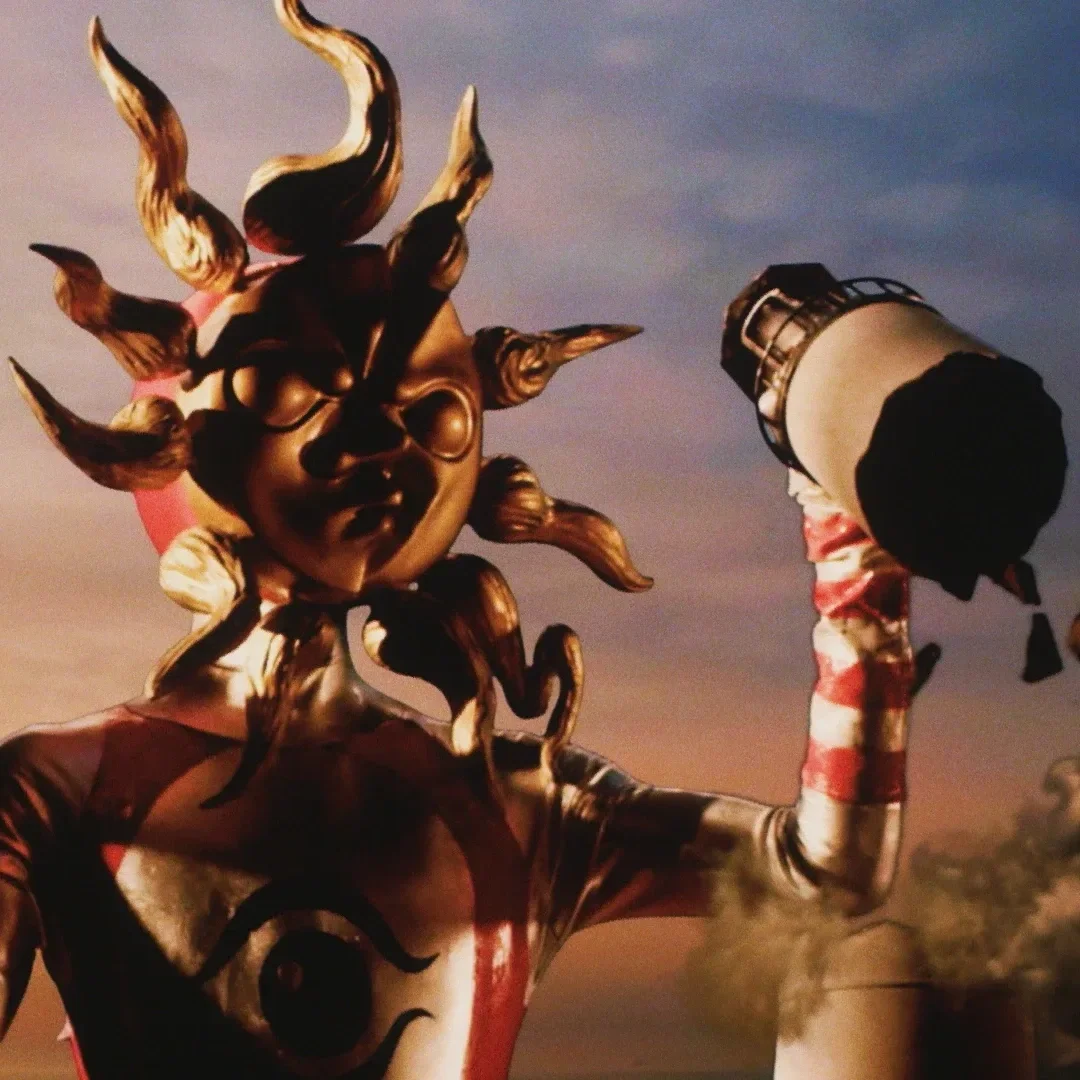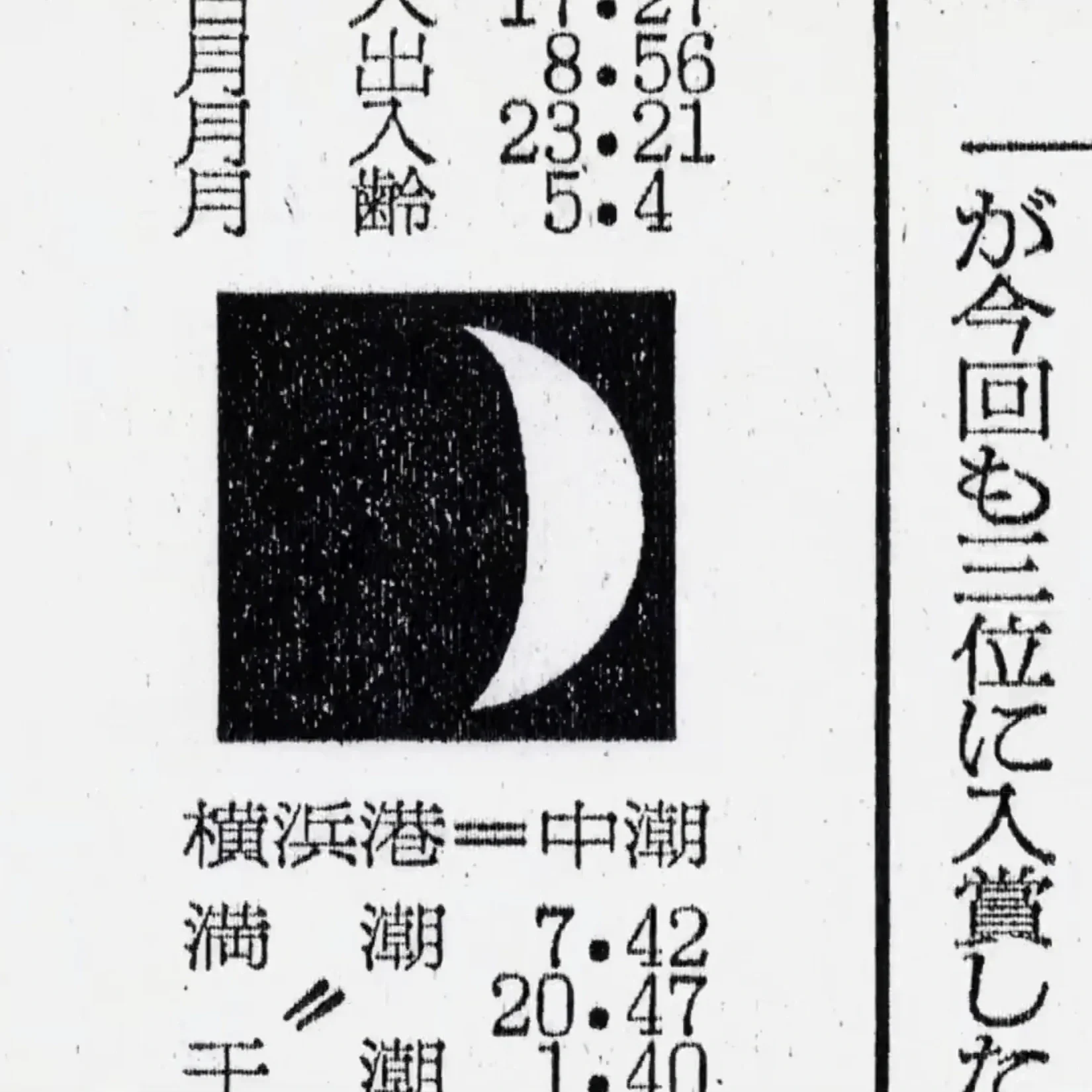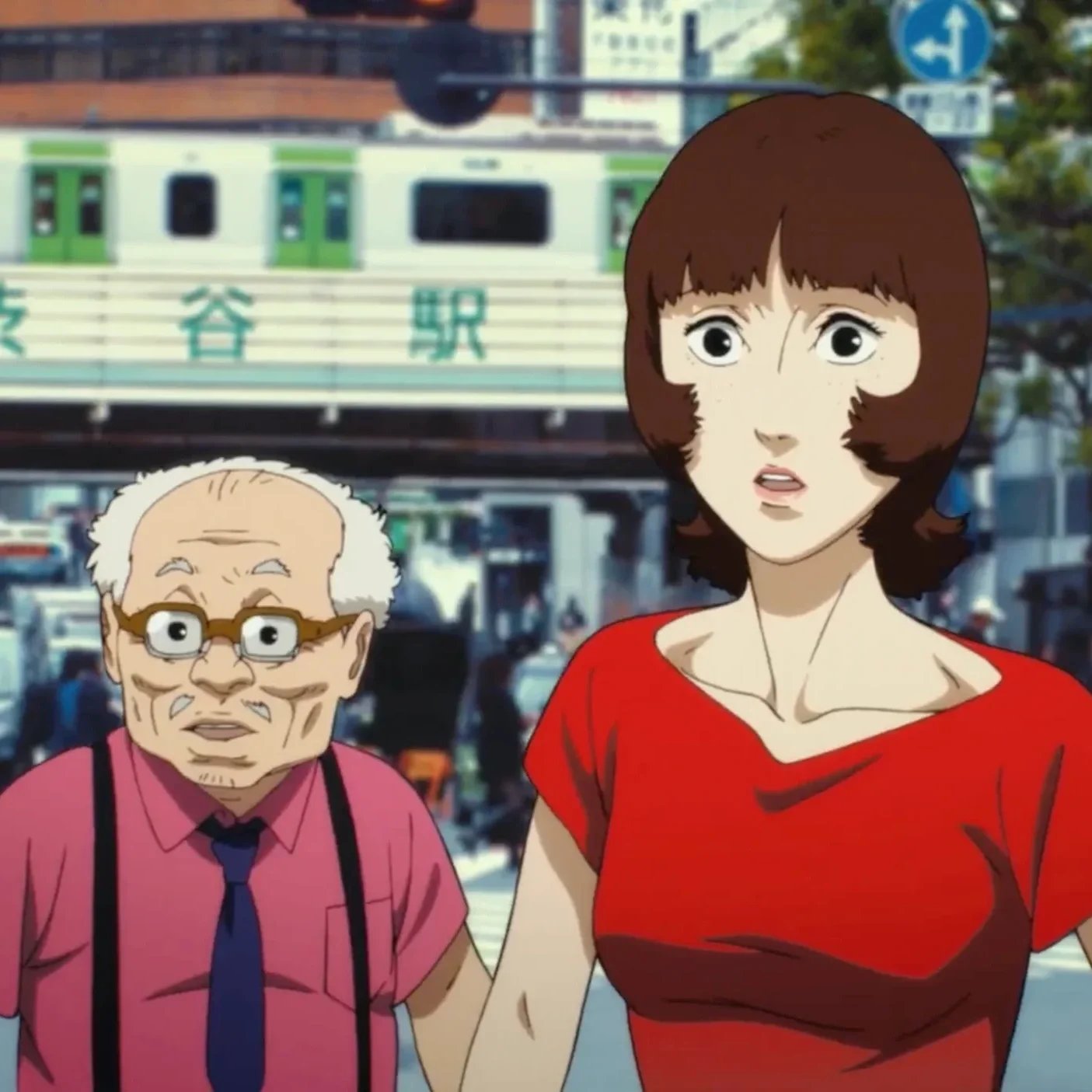Shin Kamen Rider - Mythology and Reinterpretation
Shin Kamen Rider│© Toei
When Hideaki Anno, a leading figure in contemporary Japanese animation, decided to revisit Kamen Rider, it was not a simple exercise in nostalgia. Released in 2023, Shin Kamen Rider is part of a series of ambitious reinterpretations of the great tokusatsu myths initiated by Anno himself, alongside Shin Godzilla (2016) and Shin Ultraman (2022). Not only do these works modernize iconic franchises, but they also question the very foundations of Japanese popular culture in a renewed visual and narrative language. More than a tribute, Shin Kamen Rider is an attempt to revive a figure deeply rooted in the collective imagination, while giving him an existential and political depth specific to our time.
Created in 1971, Kamen Rider already captured the anxieties of a rapidly changing society, such as disturbing biotechnologies, post-war trauma, and the quest for identity in a Japan undergoing a profound industrial transformation. Fifty years later, Anno revisits this seminal material with remarkable visual fidelity but with a very different intention, as Shin Kamen Rider seeks less to appeal to children than to confront adults with their memories, their melancholy, and their contemporary fears.
In a Japan now facing economic stagnation, an aging population, an environmental crisis, and disenchantment with technological utopias, the film portrays a torn, hybrid, isolated hero, consumed by profound moral dilemmas. The figure of the cyborg, poised between humanity and monstrosity, now embodies a critique of scientific excesses and the dispossession of self in an increasingly technological and surveilled society. Through this stylized and introspective reinterpretation, Shin Kamen Rider becomes as much a work of science fiction as a critical and melancholic gesture on Japanese identity.
Kamen Rider Legacy
On April 3, 1971, Japanese viewers first discovered Kamen Rider, a tokusatsu television series broadcast on Fuji TV, created by prolific manga artist Shotaro Ishinomori. Set in a rapidly modernizing post-Olympic Japan, where children are fascinated by superheroes and technological figures, Kamen Rider introduces a tormented hybrid character, the young scientist Takeshi Hongo, kidnapped by the criminal organization Shocker and transformed into a cyborg against his will. Managing to escape his creators, he becomes a lone vigilante, using his newfound powers to confront the organization that shaped him.
From its inception, Kamen Rider distinguished itself from other productions of the time (such as Ultraman or Giant Robo) by its darker tone, urban atmosphere, and serious treatment of bodily mutation and identity. The series deploys a political metaphor of the constrained body, of the individual alienated by technological and ideological forces beyond its control. This theme resonates with a Japan that is beginning to question the cost of its rapid industrialization, its environmental scandals, and the loss of direction in an ultra-centralized society.
Kamen Rider’s aesthetic, instantly recognizable with its insect helmet (inspired by a grasshopper), black jumpsuit, and flowing red scarf, has become a national icon. The motorcycling hero embodies youth, speed, justice, but also the existential solitude of the cyborg in search of humanity.
The original series was a resounding popular success, with over 90 episodes in two years, spawning a myriad of sequels, reboots, and Riders with varied designs. But what is striking, in retrospect, is the coherence of a founding myth, that of a man torn from his humanity who turns this transformation against his tormentors, symbolizing the individual's revolt against an oppressive technocratic order.
Over the decades, Kamen Rider has become much more than a simple entertainment product. It is a transgenerational phenomenon, a narrative matrix where the fundamental tensions of contemporary Japanese society converge.
It is precisely this dense legacy, laden with imaginary worlds and sociohistorical resonances, that Shin Kamen Rider revisits. Hideaki Anno, who grew up with the tokusatsu series of the 1970s, celebrates this cultural memory and recontextualizes it in a contemporary cinematic language, confronting it with the challenges of the 21st century, and restoring to the figure of the Rider its potential for social criticism.
Shin Kamen Rider│© Toei
Hideaki Anno & Japanese Myth Reimagined
Hideaki Anno's approach in Shin Kamen Rider is part of a larger artistic endeavor, a critical archaeology of Japanese heroic figures, which he explores, deconstructs, and reconstructs in his project “Shin Japan Heroes Universe”, alongside Shin Godzilla (2016), Shin Evangelion (2021), and Shin Ultraman (2022). Through this reinterpretation of great icons of Japanese popular culture, Anno questions the way Japan represents itself, from the postwar period to the contemporary era, between technological fascination, the memory of trauma, and the quest for identity.
In Shin Kamen Rider, even more than in his other reinterpretations, Anno returns to its origins, both literally and metaphorically. It scrupulously respects the aesthetic and narrative elements of the 1971 Kamen Rider, such as the design of the suit, the motorcycle, the Shocker organization, or the Kaijin (Inhumanoids), while instilling a singular psychological and existential atmosphere, close to that of Evangelion. In addition to being a reboot that attracts a new generation, it is an exegesis of the original myth, stretched between fidelity and introspection.
The figure of Takeshi Hongo, played here by Sosuke Ikematsu, is both heroic and tragic. The character is more introspective, more vulnerable, riddled with doubt and anxiety. His initial refusal to kill, his incomprehension of his own transformation, and his prolonged silences speak volumes about Anno's stance, which distrusts spectacular heroism and prefers to examine the moral failings of his protagonists. This introspective reading transforms Hongo into a postmodern anti-hero, torn between his symbolic dimension and his human condition, a reflection of a disenchanted contemporary Japan.
By placing the action in a more realistic setting and reducing the outrageous special effects in favor of a refined and edgy direction, Anno gives Shin Kamen Rider a renewed political and existential dimension. The Shocker organization is here reconfigured as a transhumanist ideology, where technology becomes a means of transcending biological limits at the cost of annihilating the individual. The Rider's struggle is therefore no longer simply physical, but ontological.
As is often the case with Anno, the direction is at one with the subject matter, from the very beginning of the film: tight frames, syncopated editing, and shifts in tone between graphic violence and contemplative moments. The viewer is thrust into an unstable sensory experience, reflecting the hero's troubled interiority. Anno seeks not to please but to shake things up, to awaken a collective memory anesthetized by decades of mass consumption.
Tokusatsu Aesthetics Revisited
Shin Kamen Rider is fully in line with the tradition of tokusatsu, a contraction of tokushu satsuei, or “special effects”, an emblematic genre of Japanese visual culture that combines actors in costumes, models, pyrotechnics, and choreographed action. Popularized in the 1950s with Godzilla and institutionalized on television in the 1970s with the Kamen Rider and Ultraman series, tokusatsu is a genre where excess, visual tinkering, and stylization form a unique grammar. In Shin Kamen Rider, Hideaki Anno pays homage to this aesthetic, deconstructing, reinterpreting, and revitalizing it to extract a new energy that is both nostalgic and subversive.
Anno's approach is based on a subtle balance between formal fidelity and stylistic rupture. On the one hand, it reactivates visual codes deeply rooted in the Japanese imagination, such as the tight-fitting leather suit, the choreographed bare-handed fights, the heroic poses facing the wind, the motorbike flights in desert landscapes, all elements which immediately summon the iconography of the 1970s. The viewer familiar with the original series is constantly solicited by these signals of emotional recognition.
But this apparent fidelity is disrupted by a contemporary, edgy, and sometimes radical direction. The frequent use of close-ups and a frenetic handheld camerawork gives the clashes an unprecedented brutality. The action scenes break with the spectacular logic of conventional confrontations, as the violence here is blunt, frontal, and almost organic. Anno replaces the exuberance of classic tokusatsu with a more realistic and anxiety-inducing sensory grid, which sometimes brings Shin Kamen Rider closer to a psychological thriller or contemporary genre cinema.
Furthermore, the filmmaker chooses to retain certain handcrafted effects while hybridizing them with discreet digital effects. His creatures retain a “tangible” texture, and his environments oscillate between realism and abstraction. The film also plays with the visual codes of period Japanese television, inserting shots or typography inspired by the opening credits and intertitles of the 1970s at certain moments. This interplay of quotations creates a visual palimpsest effect, where past and present coexist in a single shot. This strategy allows Anno to question the temporality of myth.
Another striking aspect of this revisited aesthetic is the treatment of lighting. Shin Kamen Rider uses a variety of backlighting, harsh light sources, and artificial halos, creating a twilight atmosphere that evokes the world of film noir more than that of family-friendly films. This visual stylization contributes to the melancholy that permeates the entire film, giving the tokusatsu aesthetic an elegiac dimension.
Finally, we should note the original use of music, composed by Taku Iwasaki, which combines contemporary electronic sounds with orchestral motifs inherited from the original series. This sonic hybridization reinforces the ambiguity of the work, because Shin Kamen Rider is a work of cultural montage, where layers of visual and sonic memory intertwine to produce a new form of emotion, both sensory and intellectual.
Reception and Cultural Significance
Upon its release in Japan, the film received a generally favorable, though nuanced, critical reception. Fans of the franchise saw it as a respectful homage, faithful to Shotaro Ishinomori's original spirit, while appreciating Hideaki Anno's formal audacity. The film successfully resonated with the emotional memory of generations who grew up with the Kamen Rider of the 1970s, without descending into mere pastiche. However, some viewers were unsettled by the fragmented narrative, abrupt ellipses, and overall somber tone, far from the accessibility expected of a mainstream entertainment film.
Internationally, particularly in the West, the film attracted a curious and cinephile audience, captivated by Anno's radical visual style and its subtle dialogue between Japanese popular culture and narrative experimentation. It was thus perceived as a cinematic reflection on the nature of myth, trauma, and the transformed body, themes dear to the director since Neon Genesis Evangelion (1995).
But beyond its aesthetics and references, Shin Kamen Rider profoundly questions the role of the hero in contemporary society. Takeshi Hongo is no longer simply a masked vigilante fighting evil, he is a broken being, torn between his conscience, his residual humanity, and his hybrid cyborg nature.
With this film, Hideaki Anno orchestrates a work that is both deeply personal and resolutely collective, reviving a founding myth of Japanese popular culture while simultaneously putting it to the test of time. Through this radical reinterpretation, Anno transforms a heroic icon into a mirror of contemporary anxieties while paying homage to the subversive energy of the original work. In this way, Shin Kamen Rider reinvents a myth that, for more than half a century, has continued to transform itself.








Tracing how jazz evolved from Lupin’s charm to Bebop’s sci-fi western universe.